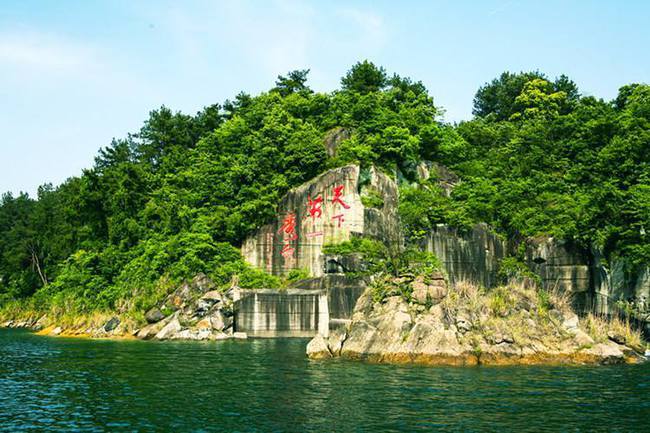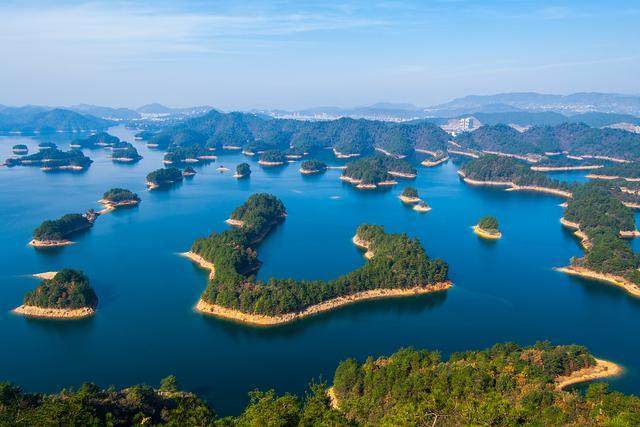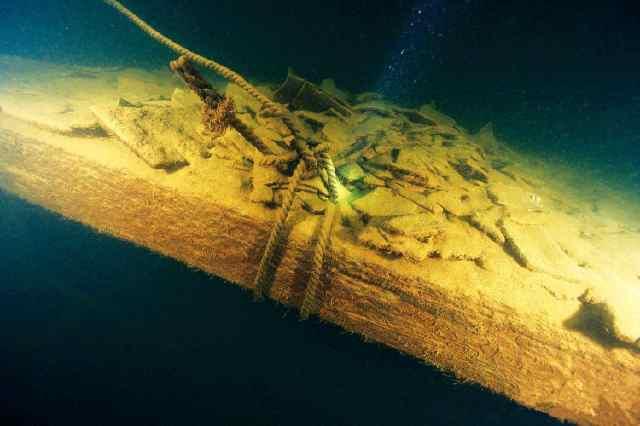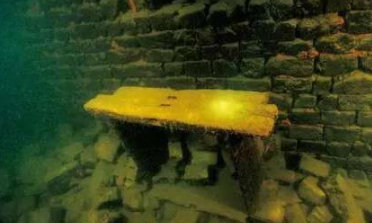In 2009, a huge ancient relic from ancient times was unearthed at the bottom of Tiandao Lake – the cleanest lake in China.
Dubbed the “Later Garden” of Hangzhou, located in Zhejiang province, China, Tiandao Lake Scenic Area is 130km away from the city center with a total area of nearly 1000 square kilometers.

The reason it is named Thien Dao because it possesses countless small islands, according to accurate data, the number is more than 1000 different large and small islands. This is also considered the largest man-made lake in China.

The water quality of Thien Dao Lake is even considered to be so clean that it is drinkable without any further treatment. Thanks to that, this can also be considered as the cleanest lake in China, dubbed “the first lake in the world” (roughly translated: the most beautiful water stream in the world).

Recently, this place has once again become famous thanks to having just unearthed a mysterious ancient city with thousands of years old hidden deep at the bottom of the lake. This discovery has aroused the curiosity of both experts and tourists.

The ancient architectural works include Thach Hiep Library, Thuc Phu Library, Luong Quan Tower, Little Kim Loan Dien and temples, from the road, the houses of the people of the Ming – Qing dynasties in the mountain village.
In addition to cultural relics, since 1974, fossils related to ancient people have been discovered in a cave named O Quy in Ly Gia town dating back to about 50,000 years ago.
Thien Dao Lake is famous all over the country and internationally, but only recently, a new ancient city site was excavated to the surprise of everyone.
In which, there are 2 citadels of Su Thanh and Ha Thanh, identified as dating from the Han – Tang dynasties. During the Ming and Qing dynasties, more ancient towers and temples were built, along with a series of other architectural works.

The reason that these two citadel sank into the water was determined because in 1959, China built the Tan An hydroelectric station, leading to instability and subsidence of geology.
In the Su Thanh relic still retains most of the important details such as people’s houses, stairs, walls, etc., they are almost not rotting. Even the city gate still works and can be opened and closed. Metal details such as rivets, iron rings, chains, etc. are finely crafted, so even after being soaked in water after all these years, they still keep very good condition.


The government, after learning about the existence of the monument, has carried out quite careful conservation, contributing to the creation of a magnificent and mysterious ancient architectural complex bearing the stamp of time.
The divers also found a tiled slab with the words “Crafted in the 15th year of Quang Tu” (1889) and a Ming Dynasty stele in the mud at the bottom of the lake. It is no exaggeration to say that the bottom of Thien Dao lake has become a real underwater kingdom!
See also: YouTube’s longest live stream ends after 2 years of broadcasting

